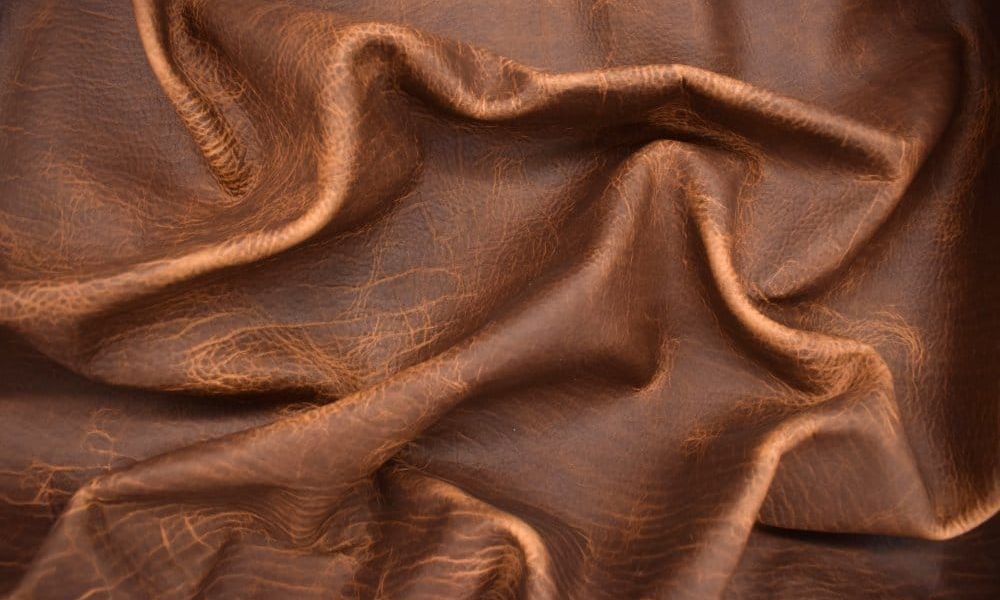
All leather requires tanning; during this step in leatherworking, you must be mindful of what you do. You could make numerous mistakes when tanning leather, so knowing what they are will help you succeed in your craft. Avoid these common mistakes when tanning leather to make the best items without worrying about setbacks.
Mixing a Weak Solution
When tanning leather with an acidic compound, you must use an acidic solution to soften and stretch the hide. However, many beginners use too little of an acidic element, such as chromium. Avoid making this mistake when tanning leather to make the tanning process easy. Baking soda and vinegar create a good balance of a tanning agent that’s not too strong or weak. With this mixture, you won’t need to work harder to stretch out the hide.
Leaving the Hide in the Solution for Too Long
Since the solution is acidic, it will slowly break down the hide. Another common mistake when tanning leather is leaving the hide in the solution for too long, causing it to weaken. The hide should be soft enough to stretch, so leave the material in the solution for around 30 minutes.
If you let it sit past this point, you risk damaging the leather and creating a less-durable product. Keep track of time to avoid a setback that could ruin your hard work and cause you to start over.
Using the Wrong Tools
Every crafter needs the best tools for the job, but a beginner leatherworker may not know what tools they need. Using the wrong tools will set you back and take longer to finish your goods. The basic leather supplies every leatherworker needs for tanning include the following:
- Tanner’s knife
- Leather skivers
- Wetscraper
- Flesher
- Softening cable
Tanning is the cornerstone of leather-making, so you’ll need several tools to do it right and create excellent products.
Tanning leather requires skill, so it’s alright to make mistakes along the way. If you want to avoid flaws, remember these common mistakes to avoid in order to keep your leather crafts looking great.
